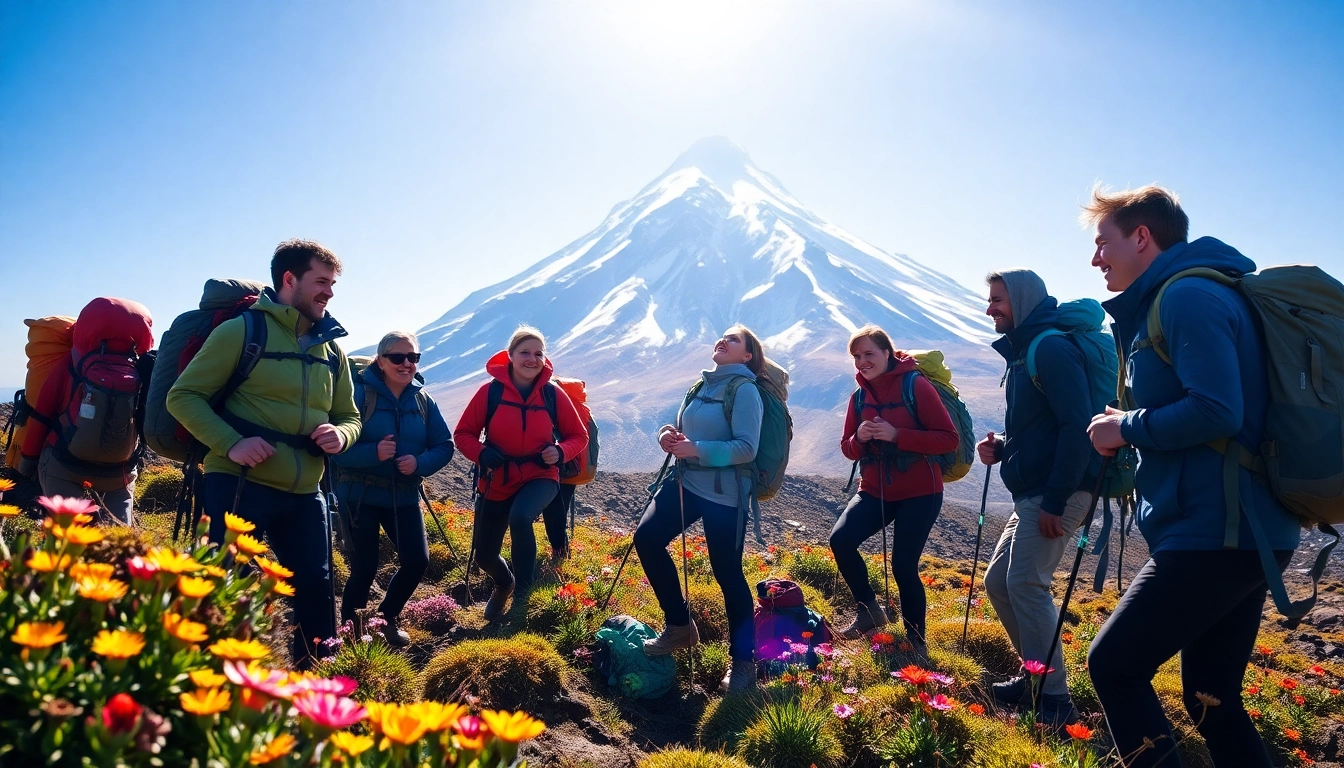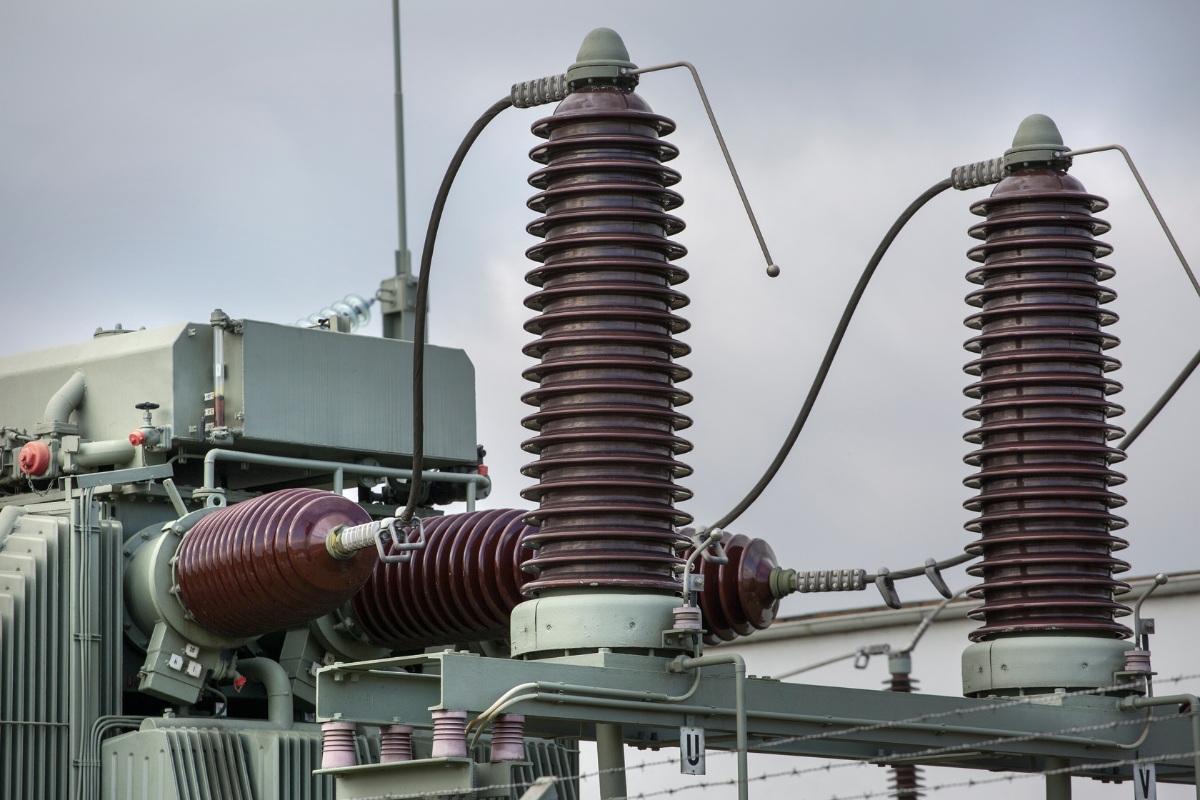
Kilimanjaro Trekking Overview
Climbing the majestic Mount Kilimanjaro is not just an adventure; it’s a transformative experience that unveils the heart of Tanzania and showcases breathtaking landscapes. This iconic trek attracts thousands of trekkers annually, drawing those from all walks of life to its summit. For anyone considering this incredible journey, understanding the nuances of Kilimanjaro Trekking is essential to ensure a successful ascent.
Understanding Kilimanjaro
Mount Kilimanjaro is the highest peak in Africa, standing at about 5,895 meters (19,341 feet) above sea level. It is a dormant volcano composed of three cones: Kibo, Mawenzi, and Shira. Among these, Kibo is the highest and is the route most trekkers take to reach the summit. Kilimanjaro’s flora and fauna are incredibly diverse, transitioning through five distinct ecosystems as climbers ascend: rainforest, moorland, alpine desert, and arctic summit. Each zone offers unique vegetation and wildlife, making the trek a rich ecological journey.
Benefits of Trekking Kilimanjaro
The rewards of trekking Kilimanjaro extend far beyond the physical achievement of reaching the summit. Some notable benefits include:
- Physical Fitness: The trek promotes cardiovascular health, endurance, and muscle strength due to the rigorous physical demands of climbing.
- Mental Resilience: Overcoming the challenges faced during the trek fosters mental toughness and boosts self-esteem.
- Cultural Experience: This trek offers the chance to connect with local cultures, interact with the Chagga people, and learn about their traditions.
- Scenic Beauty: Kilimanjaro’s landscapes provide breathtaking views that change dramatically as trekkers ascend.
- Environmental Awareness: Trekking here raises awareness about the beauty and preservation of the region’s ecosystems.
Choosing Your Trekking Period
Timing is crucial when planning your Kilimanjaro trek. The best months to climb are January to March and June to October, during the dry seasons. Rain can restrict visibility and make trails slippery, while clear skies enhance the overall experience. However, consider your personal schedule and health conditions when selecting your trekking period, as altitude sickness can affect anyone, regardless of fitness level.
Routes for Kilimanjaro Trekking
Kilimanjaro features several trekking routes. Each route has unique characteristics, difficulty levels, and summit approaches, suited for different skill levels and preferences. The selection of a route can significantly improve the likelihood of reaching the summit.
Popular Routes Explained
The seven main routes for Kilimanjaro trekking are:
- Machame Route: Known as the “Whiskey Route,” it is one of the most popular due to its beautiful scenery and varied terrains. It typically takes 6-7 days, which allows for good acclimatization.
- Marangu Route: Also known as the “Coca-Cola Route,” Marangu is the only route offering hut accommodation. It is less scenic than others but is regarded as easier, typically taking 5-6 days.
- Rongai Route: This is the only route starting from the North, providing a unique perspective of Kilimanjaro. It is moderately difficult and is a great option for those looking for fewer crowds.
- Lemosho Route: This scenic route combines beautiful landscapes with a high summit success rate. It generally takes 7-8 days and is perfect for those seeking a more gradual ascent.
- Shira Route: Starting on high ground, this route is less common and provides stunning views of the mountain but may require a higher level of fitness.
- Northern Circuit Route: As one of the newest and longest routes, it offers a fantastic experience with fewer trekkers and takes around 9 days, providing an immersive Kilimanjaro experience.
- Umbwe Route: Considered the most challenging, Umbwe offers a steep ascent and is recommended for experienced climbers who are in excellent physical condition.
Route Difficulty and Duration
Choosing the right route is vital for ensuring both safety and enjoyment during the trek. Factors influencing route difficulty include:
- Altitude Gain: Routes with rapid altitude gain heighten the risk of altitude sickness.
- Terrain: Steeper paths and rocky landscapes can significantly affect the trekking experience.
- Weather: Climatic conditions can make certain routes more treacherous during certain times of the year.
It is recommended to spend additional days acclimatizing to the altitude, as treks lasting 7-8 days show higher success rates in summiting Kilimanjaro.
Choosing the Right Route for You
To choose the best route for your Kilimanjaro trek, consider factors such as:
- Your physical fitness level and previous trekking experience.
- Your preferences regarding accommodation, scenery, and group size.
- The time of year and expected weather conditions.
Engaging with a guiding agency can also assist in aligning your goals with the best-suited route.
Essential Gear for Kilimanjaro Trekking
Proper gear is fundamental to a successful Kilimanjaro trekking experience. Mountains can have unpredictable weather, and being prepared is key to staying safe and comfortable.
Clothing Recommendations
Layering is essential when trekking Kilimanjaro due to fluctuating temperatures at different altitudes. Key clothing items include:
- Base Layer: Moisture-wicking long-sleeved shirts and thermal tops.
- Insulation Layer: Fleeces or down jackets for warmth.
- Outer Layer: Waterproof jackets and pants to protect from rain and wind.
- Hiking Pants: Lightweight and breathable pants suitable for trekking.
- Accessories: Warm gloves, beanies, and a buff or neck gaiter are vital for cold nights and summit day.
Must-Have Equipment
Aside from clothing, the following gear is essential:
- Footwear: Sturdy, well-fitted hiking boots with good ankle support are non-negotiable.
- Backpack: A comfortable daypack for carrying water, snacks, and layers.
- Sleep System: A rated sleeping bag suitable for colder conditions and a sleeping pad for comfort.
- Water System: Hydration bladders or water bottles, along with purification tablets.
- Trekking Poles: Helpful for stabilizing during steep ascents and descents.
Hiking Accessories to Consider
In addition to the primary gear, consider bringing these accessories:
- Headlamps: Essential for early morning summits and nighttime around the camp.
- Sunglasses: Polarized lenses to protect against UV rays and glare.
- Sunblock: High-SPF sunscreen and lip balm to protect against sunburn.
- First Aid Kit: A basic kit with essentials like band-aids, antiseptic cream, and altitude sickness medications.
Preparing for Your Kilimanjaro Trek
Preparation is not just about physical fitness; it’s also a mental and logistical endeavor. A well-rounded approach enhances your trek experience.
Health and Fitness Tips
Physical training is critical when preparing for Kilimanjaro. Engage in cardio exercises, strength training, and hiking practice to build endurance. Follow a training plan that gradually increases your stamina and strength, involving hikes with elevation to mimic trekking conditions.
Acclimatization Strategies
Acclimatization is crucial for reducing symptoms of altitude sickness. Consider these strategies:
- Gradual Ascent: Select a longer trekking itinerary to allow for acclimatization.
- Hydration: Drink plenty of water to stay hydrated and aid acclimatization.
- Acclimatization Days: Incorporate rest days during the trek to adapt to higher altitudes.
What to Expect on the Trek
Understanding the trek’s structure can alleviate anxiety and enhance enjoyment. Expect daily treks averaging 5-7 hours, with varying terrains, from lush rainforests to arid alpine deserts.
Summit nights typically commence around midnight or 1 AM to allow for reaching the peak before sunrise. It’s essential to maintain a steady pace, prioritize hydration and nutrition, and listen to your body.
Post-Trekking Tips and Experiences
Completing the Kilimanjaro trek is not merely an end, but a new beginning of shared stories and experiences.
Celebrating Your Achievement
After summiting Kilimanjaro, celebrate your incredible achievement! This could involve sharing stories, marking the summit with photos, and treating yourself to a well-deserved meal or beverage upon descent. Many trekkers often partake in a small ceremony to recognize their accomplishment.
Sharing Your Kilimanjaro Trekking Story
Potential trekkers benefit greatly from hearing firsthand experiences. Consider blogging or posting on social media about your journey, sharing insights about the trek, challenges faced, and tips for future climbers. Personal testimonies can inspire others to pursue this life-changing adventure.
Staying Connected with the Trekking Community
Once your trek is complete, maintain connections with fellow travelers and the trekking community online. Joining social media groups or forums can provide ongoing support and enable you to share advice and experience with others who’ve undertaken the journey.








